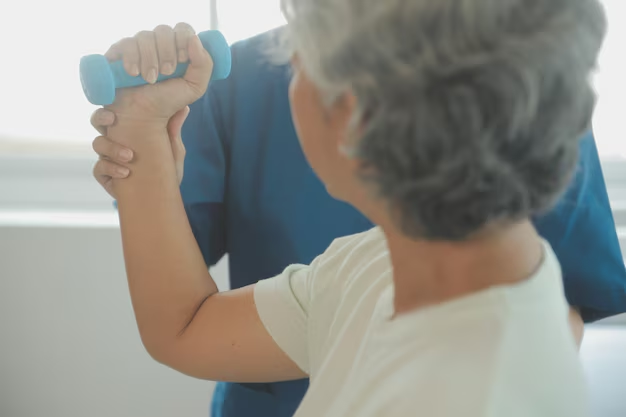Recognizing the Key Signs of Osteoporosis: What You Need to Know
Osteoporosis is a condition that often sneaks up without warning until a fracture occurs. This silent disease is characterized by low bone density, which makes bones fragile and more prone to breaking. While it may initially be symptomless, there are several signs and risk factors to watch for that can help in early recognition and management.
What Are the Signs of Osteoporosis?
1. Unexplained Fractures
One of the most significant indicators is frequent or unexplained fractures, often in the hips, wrists, or spine. These can occur even with minor stresses that wouldn’t normally cause a bone to break.
2. Height Loss
A gradual loss of height can indicate spinal compression fractures due to osteoporosis. If you find clothes suddenly too long or shelves too tall, consider this a potential red flag.
3. Back Pain
Severe or persistent back pain might be a sign of a compression fracture, which is common in those with osteoporosis. This pain can be sudden and severe or gradually intensify over time.
4. Stooped Posture
A noticeable curvature of the spine, also known as kyphosis, may develop. This happens due to weakened spine bones leading to a hunched back appearance, further implicating spinal bone degradation.
5. Receding Gums
Not typically at the forefront, but gums pulling away from teeth can result from bone loss in the jaw. This is yet another subtle sign women and men should not overlook.
6. Brittle Nails
Although less common as a symptom, some individuals with osteoporosis report changes in nail strength, as the same nutrients supporting bone health also contribute to nail strength.
Who Is at Risk?
Certain factors can increase the likelihood of developing osteoporosis:
- Age: Increased risk begins around the age of 50 for women and slightly later for men.
- Gender: Women, especially post-menopausal, are more susceptible due to hormonal changes.
- Family History: Genetic predisposition plays a vital role; having a family history of fractures can increase your risk.
- Lifestyle Choices: Smoking, excessive alcohol consumption, and a sedentary lifestyle are significant risk factors.
- Medical Conditions and Treatments: Rheumatoid arthritis, certain medications, and treatments like long-term steroid use can elevate risk.
Prevention and Management: Support Resources
Understanding signs and addressing risk factors are crucial. Fortunately, there are resources and assistance programs available to help manage osteoporosis and its financial impacts.
Assistance Options for Bone Health Management
- Government Aid Programs: 🌟 Medicaid & Medicare may cover screenings and certain treatments essential for osteoporosis management, particularly for elder adults.
- Pharmaceutical Assistance: 💊 Some drug manufacturers offer patient assistance programs to help alleviate the cost of medications for eligible patients.
- Dietary Supplements Discount: 🛒 Many health stores provide discounts and advice on necessary vitamins that support bone health, like Vitamin D and Calcium.
- Fitness Discounts: 🏃♀️ Join local gyms offering discounts or free classes focused on weight-bearing exercises that improve bone density.
- Educational Grants for Health Courses: 📚 Utilize scholarships or grants for courses that teach health management skills, potentially aiding those looking for career pivots into healthcare.
- Debt Relief Counseling: 💬 Seek non-profit agencies that provide counseling to manage and mitigate medical expenses associated with long-term disease management.
Remaining proactive is the key. If any of these signs resonate, don't hesitate to consult a healthcare professional who can provide a definitive diagnosis and treatment options. Additionally, access to educational and financial resources can significantly ease the burden for those managing this condition.

Related Topics
- a Nurse Is Caring For a Client Who Has Osteoporosis.
- a Percutaneous Is Performed To Treat Osteoporosis Related Compression Fractures
- Can Alcohol Cause Osteoporosis
- Can I Do Pilates If I Have Osteoporosis
- Can I Reverse Osteoporosis
- Can Men Get Osteoporosis
- Can Osteoporosis Affect Teeth
- Can Osteoporosis Be Cured
- Can Osteoporosis Be Painful
- Can Osteoporosis Be Reversed